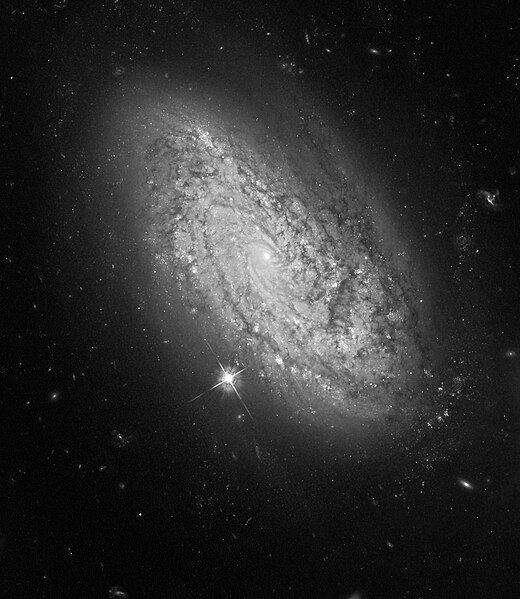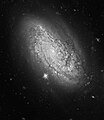Датотека:NGC 3021 Hubble.jpg

Veličina ovog prikaza: 520 × 599 piksela. 5 drugih rezolucija: 208 × 240 piksela | 416 × 480 piksela | 666 × 768 piksela | 888 × 1.024 piksela | 1.838 × 2.119 piksela.
Originalna datoteka (1.838 × 2.119 piksela, veličina datoteke: 1,75 MB, MIME tip: image/jpeg)
Istorija datoteke
Kliknite na datum/vreme da biste videli tadašnju verziju datoteke.
| Datum/vreme | Minijatura | Dimenzije | Korisnik | Komentar | |
|---|---|---|---|---|---|
| trenutna | 01:42, 1. jun 2009. |  | 1.838 × 2.119 (1,75 MB) | Friendlystar | {{Information |Description={{en|1=Less than 100 years ago scientists didn't know if the universe was coming or going, literally. It even fooled the great mind of Albert Einstein. He assumed the universe must be static. But to keep the universe from collap |
Upotreba datoteke
Sledeća stranica koristi ovu datoteku:
Globalna upotreba datoteke
Drugi vikiji koji koriste ovu datoteku:
- Upotreba na ar.wikipedia.org
- Upotreba na arz.wikipedia.org
- Upotreba na az.wikipedia.org
- Upotreba na be.wikipedia.org
- Upotreba na ce.wikipedia.org
- Upotreba na diq.wikipedia.org
- Upotreba na eo.wikipedia.org
- Upotreba na eu.wikipedia.org
- Upotreba na fa.wikipedia.org
- Upotreba na hr.wikipedia.org
- Upotreba na kk.wikipedia.org
- Upotreba na lb.wikipedia.org
- Upotreba na mk.wikipedia.org
- Upotreba na my.wikipedia.org
- Upotreba na nl.wikipedia.org
- Upotreba na pt.wikipedia.org
- Upotreba na ru.wikipedia.org
- Upotreba na sh.wikipedia.org
- Upotreba na sk.wikipedia.org
- Upotreba na tr.wikipedia.org
- Upotreba na tt.wikipedia.org
- Upotreba na uk.wikipedia.org
- Upotreba na uz.wikipedia.org
- Upotreba na www.wikidata.org


